Do you need ideas for getting started in STEM in your regular classroom or STEM Lab? SAFK has you covered!
The STEM Activities for Kids team can help you out a little! Three simple ways to get you started and help you achieve success. (Click on images to connect to linked blog posts or for more information!)
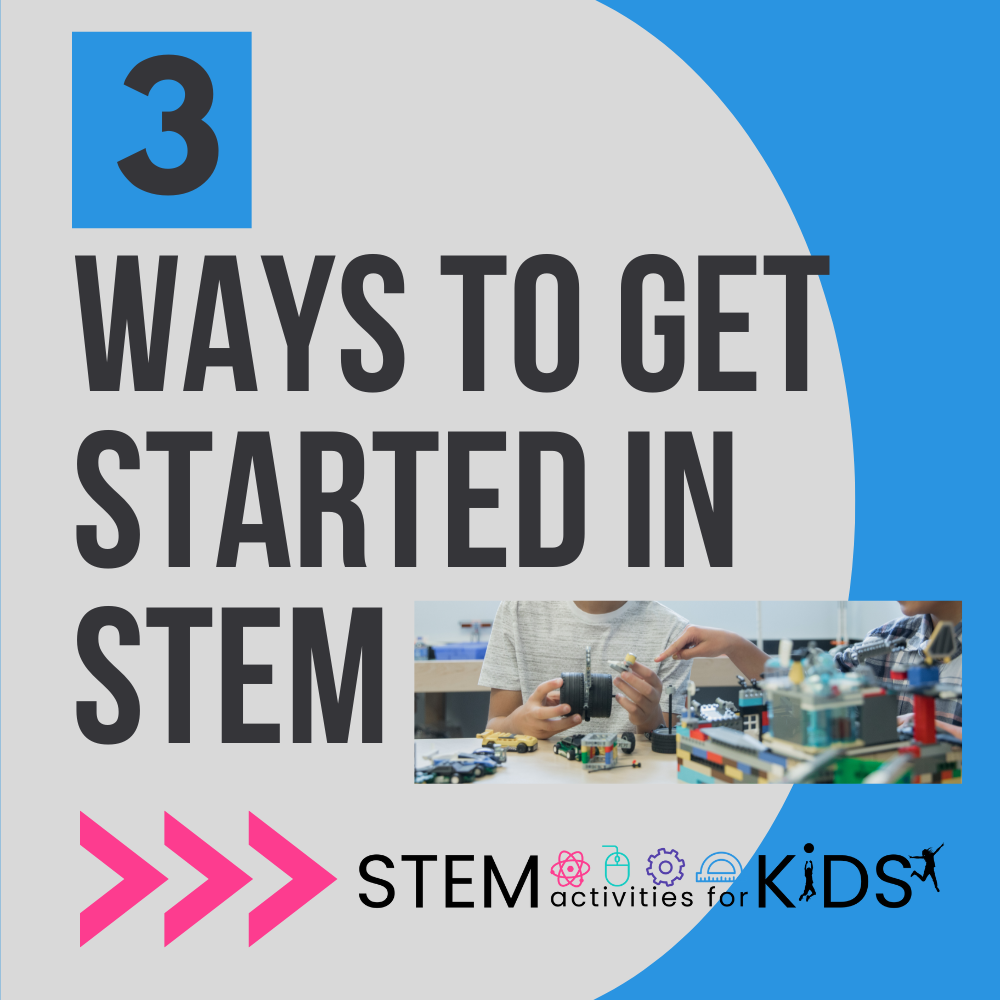
What should you do first?
As with any new curriculum, new reading series, new math program or any new initiative, you have to begin somewhere. So, what about STEM?
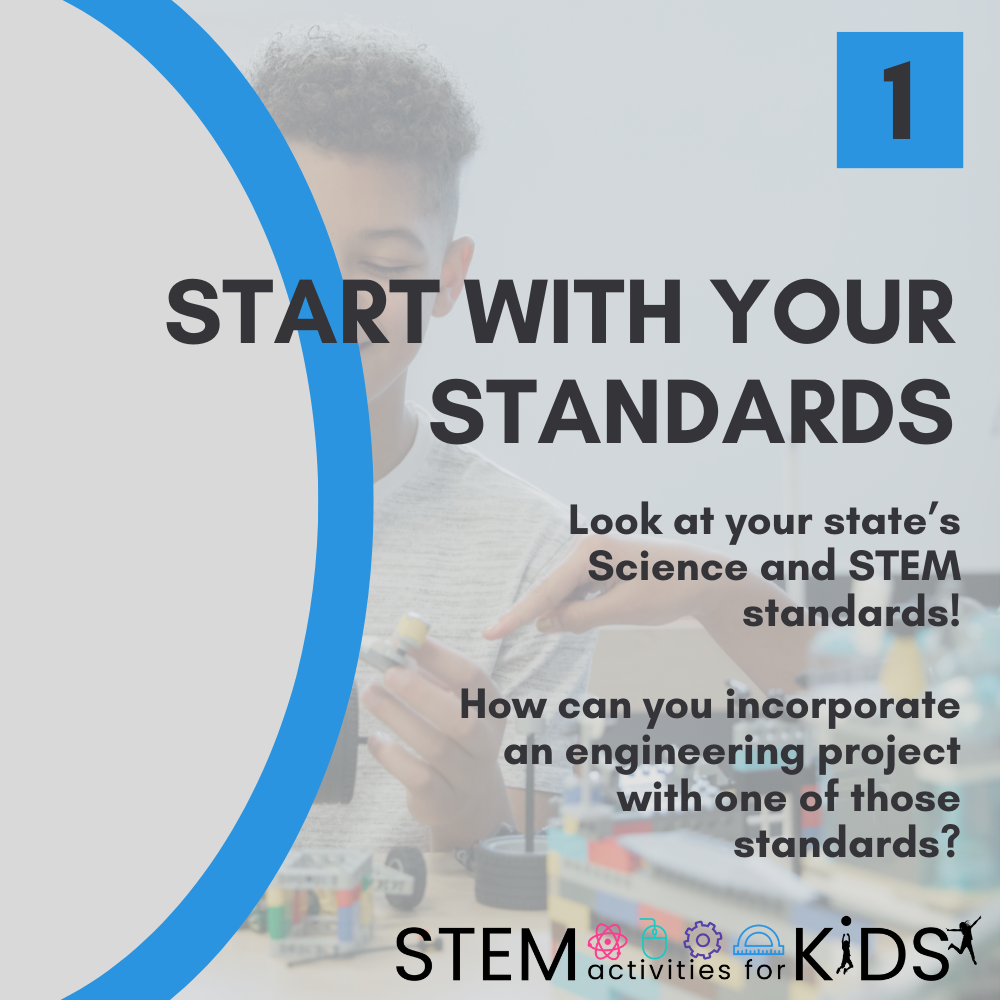
Start with your state and national Science standards. Take a look at what your science curriculum already has and how your standards cover those topics. Here’s a great example of standards-based STEM:
A second-grade national (NGSS) Standard concerns the dispersal of seeds in many ways. After studying about plant growth a natural STEM activity would be to build seed dispersal models.
The photo shows students building an insect that will carry seeds to a new spot. This project is from Teachers are Terrific.
We completed this as a culminating activity after the students worked through this plant unit in their regular classrooms. However, if you are a classroom teacher without a STEM lab, just add this little exploration to part of your normal science studies. Cover your standards and add STEM! That’s a win-win!
Another idea from Brooke Brown at Teach Outside the Box
Brooke has STEM bundles that are specific to Kindergarten, first, second-grade, and third-grade standards! Here are a couple of samples:
More about standards from Vivify STEM
Bring your standards to life through connections with real-world STEM problems! One of Vivify’s products exemplifies this in their Space Math Activity Bundle. It guides students through solving math problems on an impending asteroid invasion.
This bundle includes four space-themed activities incorporating ratios, geometry, and algebraic expressions combined with STEM career connections. Each activity has engaging math problems related to the topic aligned to Common Core.
More from Vivify STEM!
You can also connect standards through engineering design challenges. For example, a unit on the environment can conclude with an oil spill design challenge, described in this blog post:
Integrate with other Subjects to Get Started in STEM!
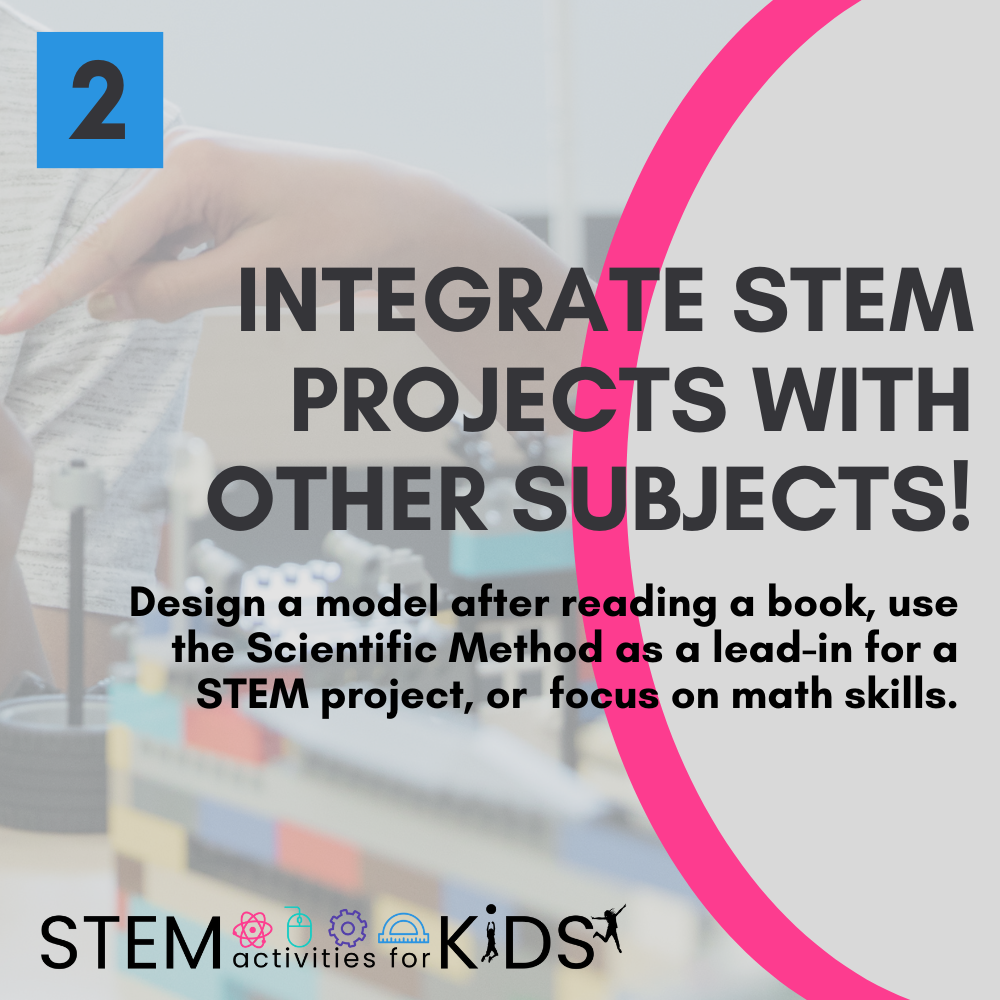
What if you don’t teach science weekly? How can you have STEM without science? Here’s a thought: Integrate STEM activities with other subjects. I know you do this all the time anyway! You spend a whole week learning about a topic and then culminate with a little project- so just make that project a building activity!
STEM Ideas from Renee at Science School Yard!
With the time crunch to get everything in the day to fit, she suggests using what you are already doing to integrate it into a fun hands-on STEM activity.
For example, her first graders were working on Fairy Tales in class so for science they read a version of Princess and the Pea and then built on that…literally! In the story, the bed was 20 mattresses high. Renee gave students simple supplies such as blocks, Jenga pieces, paper…whatever she had that can be stacked.
She gave them a “blanket” or paper towel for the princess and a pattern of her. They needed to build the tallest 20-story bed that could sleep the princess safely.
If you are reading a story, solving math problems, or even writing something that can tie into what you are already doing it is half the battle. Find supplies you have, think of a way they can link the two together and you have a way for your students to not only get up and move, but collaborate, problem solve, and communicate effectively!
From Carol at Teachers are Terrific here’s a great blog post about using picture books to set up a STEM challenge.
The post feature 9 perfect picture books to try with ideas for the projects inspired by each.
Definitely think about adding STEM to your reading program. From Meredith Anderson at Momgineer you can find so many fabulous STEM challenges that center around literature. Take a look at her Fairy Tale series:
You can even combine STEM with technology. Check Brittany Washburn’s post right here on STEM Activities for Kids for more about that!
Best advice for Getting Started in STEM: Keep it simple!
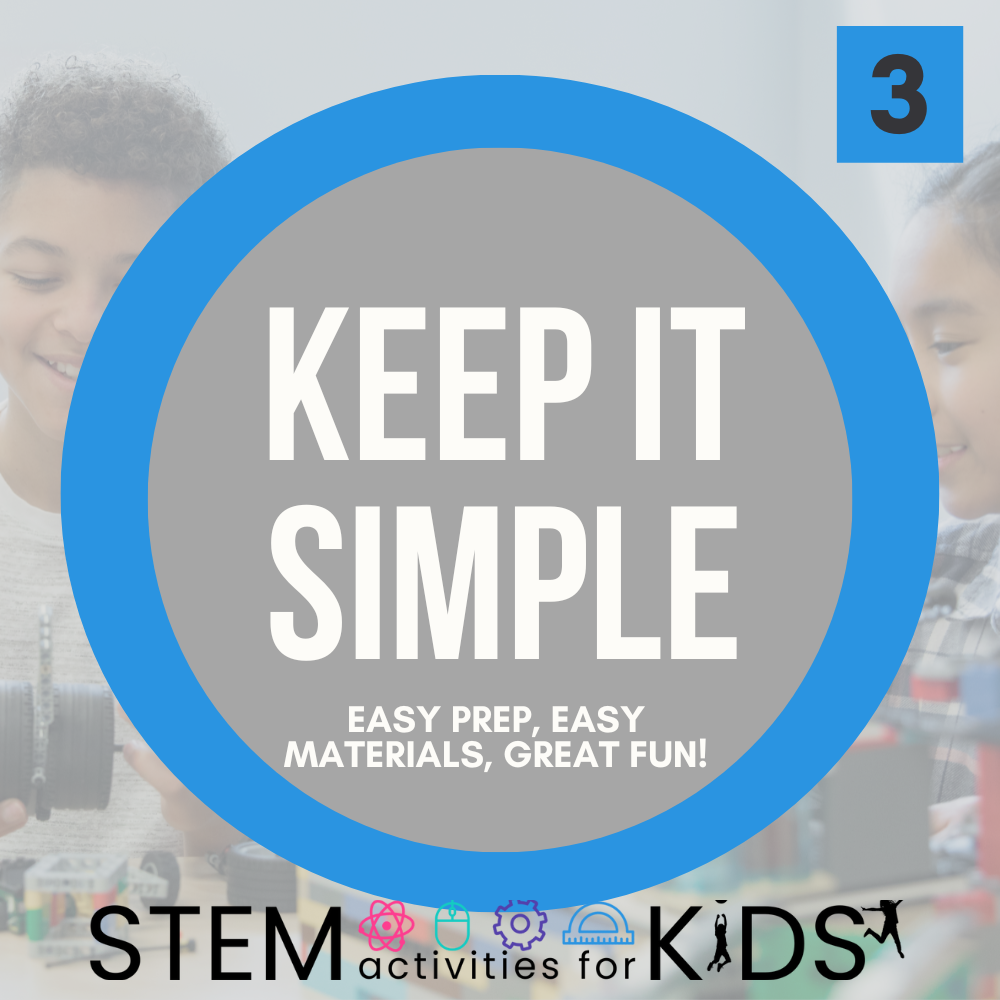
The best advice is this: don’t get overwhelmed with setting up STEM challenges by choosing things that use a lot of materials. Keep it simple!
Believe it or not you can do all this with a minimum of materials. Brooke Brown has a great post right here at SAFK about using items you already have on hand.
From Wendy and Cheryl of Get Caught Engineering: We know that many teachers do not have a special budget for STEM activities, nor the time to track down lots of materials.
Being able to have students experience the engineering design process can be as simple as using one item that one already has in one’s classroom cupboard. We have begun a series, “What’s in Your Cupboard?” that focuses on one item per activity. We want every elementary teacher to feel that they can easily take those first steps to integrate engineering without a lot of fuss.
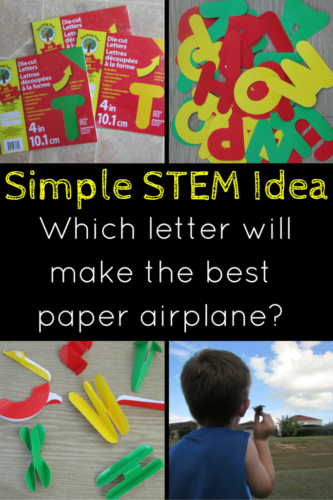
One last little bit of advice comes from Sarah of More Than a Worksheet: here’s a post about using die-cut letters with your youngest students as they explore paper airplanes.
A QUICK RECAP:
- Check your science standards.
- Integrate with other subjects.
- Keep it simple!
We hope you have some great ideas and procedures to get you started in STEM! Your students will love every project you try.
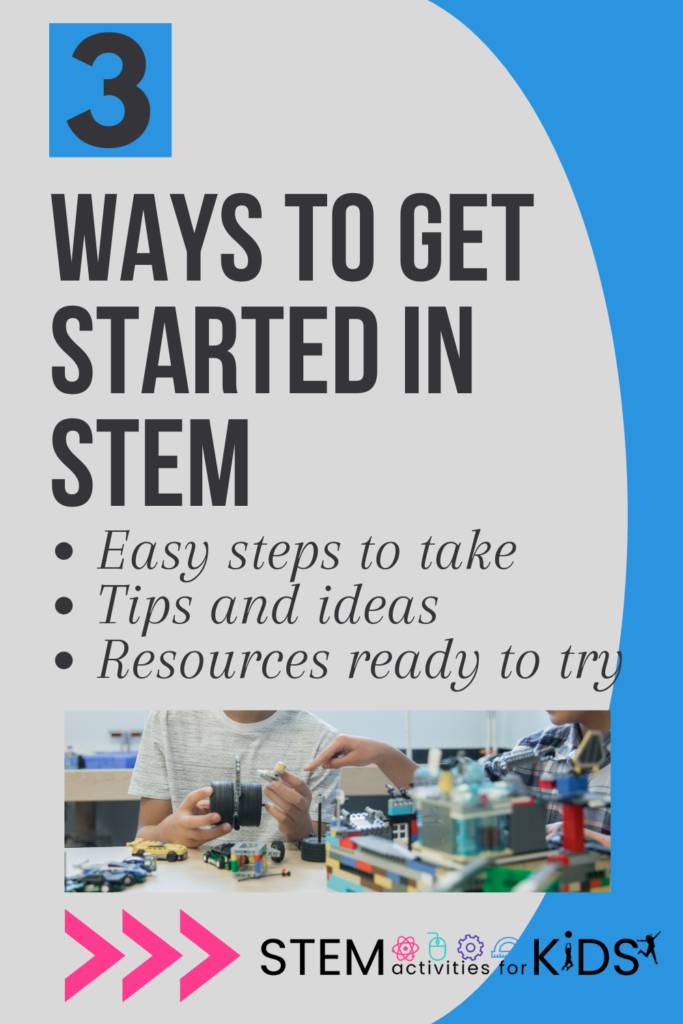
Save
Save
Save


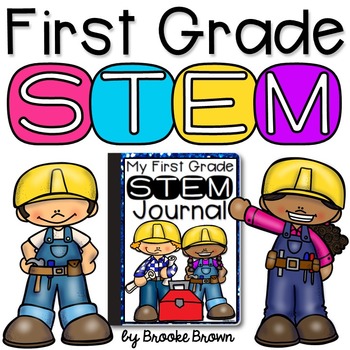
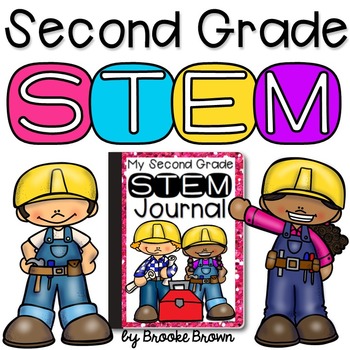
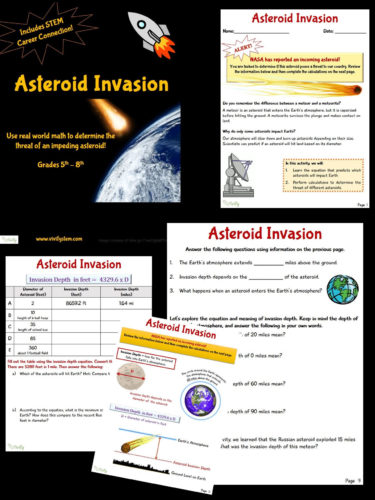
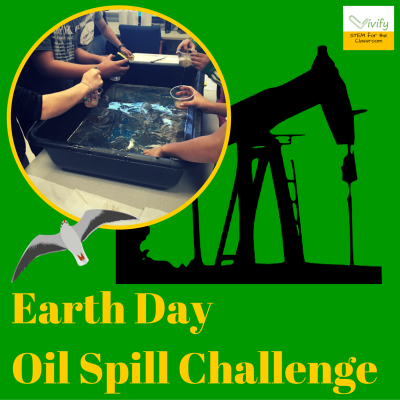
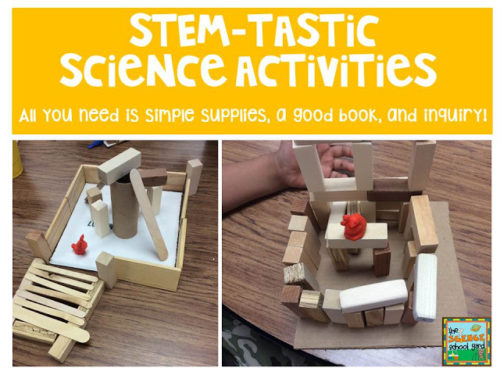
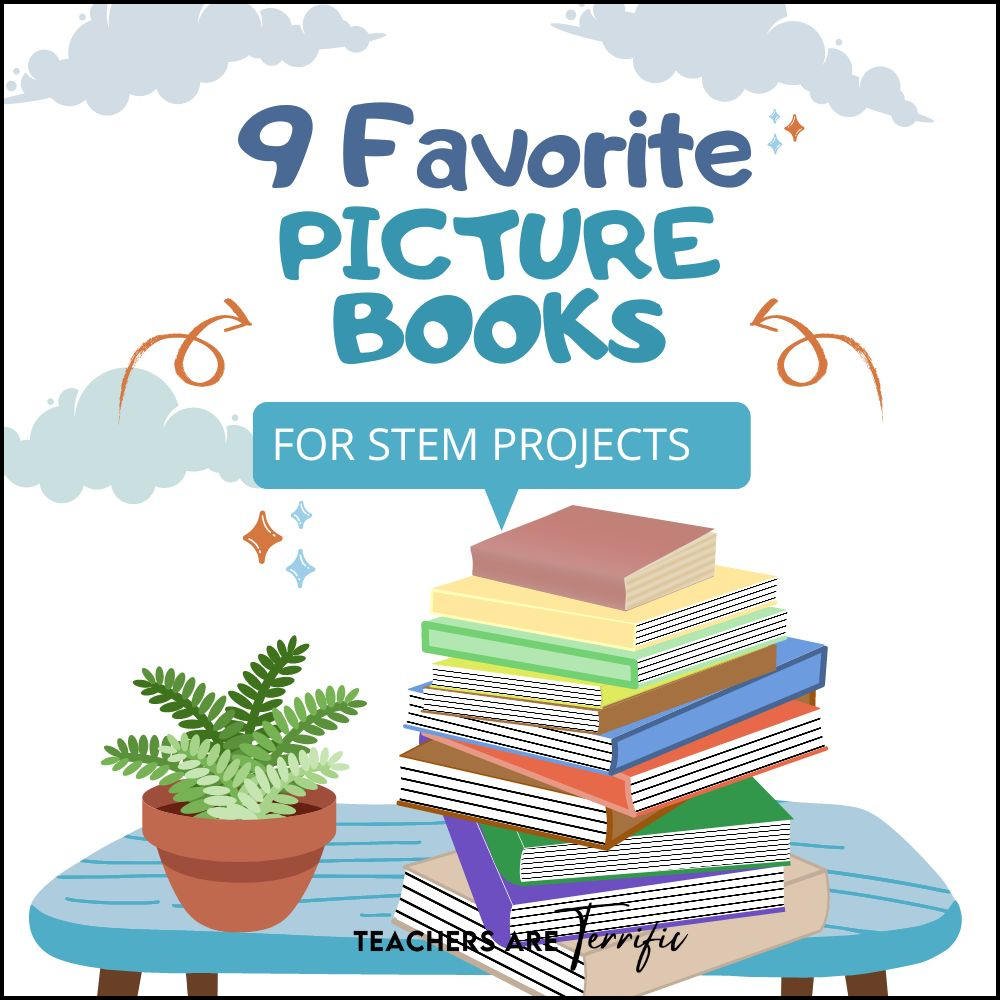
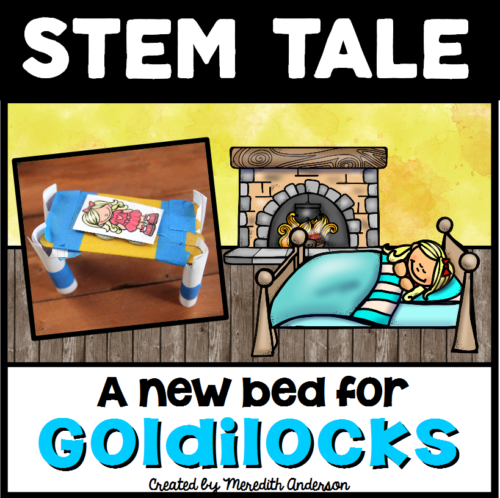
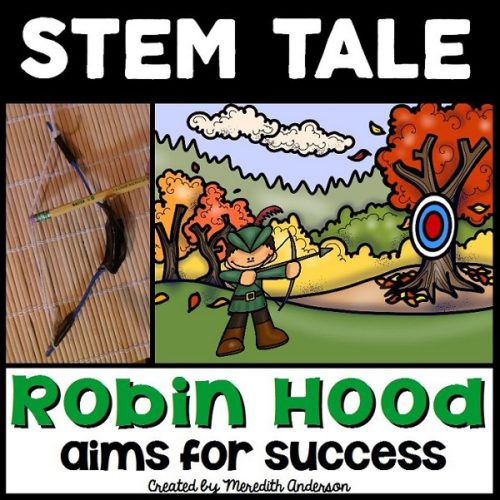
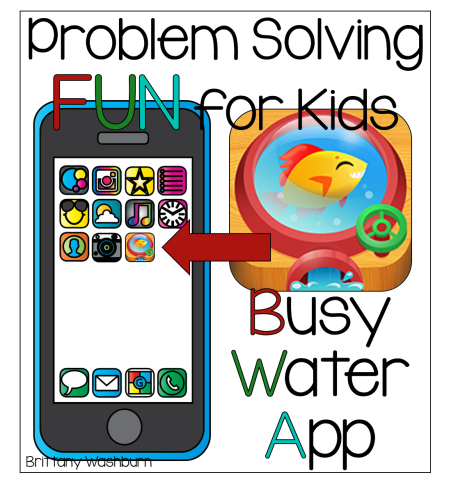
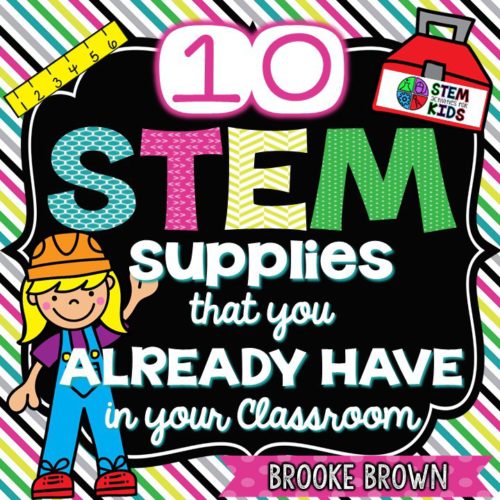
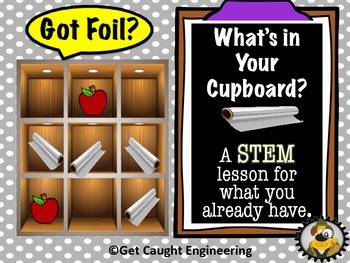
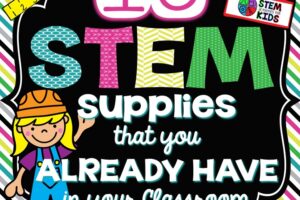
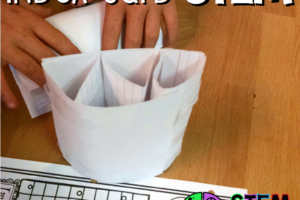
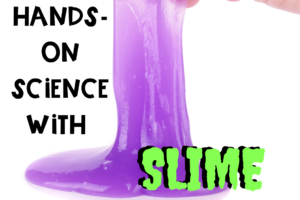
Leave a Reply
Your email is safe with us.